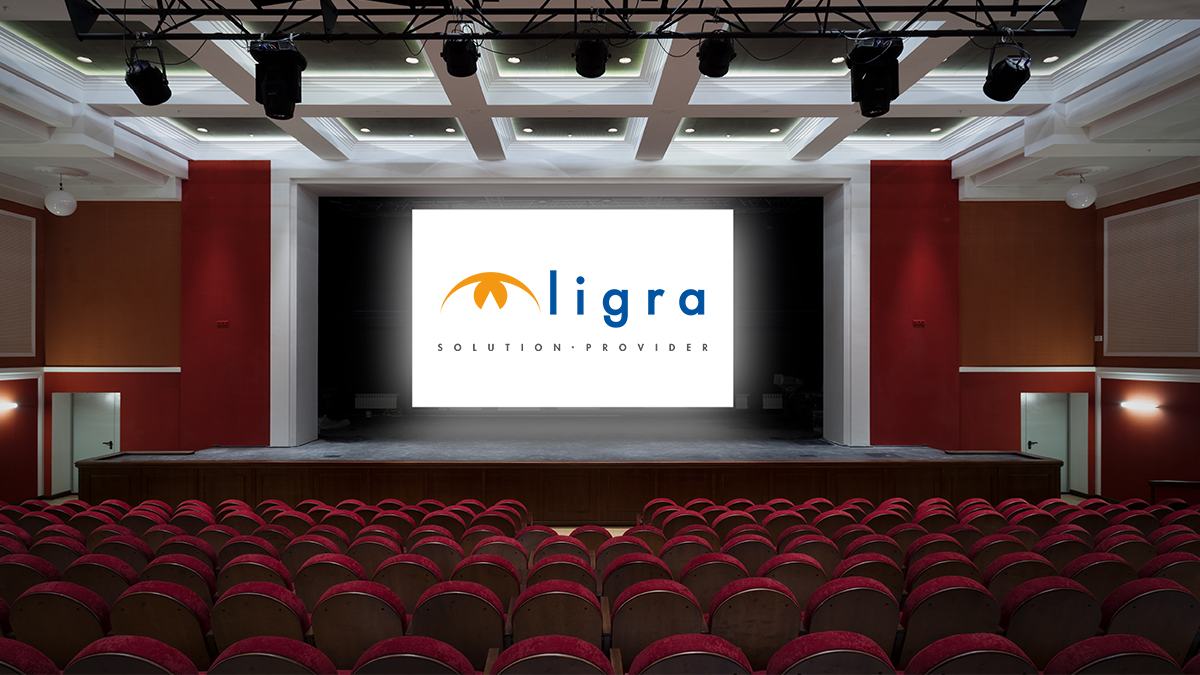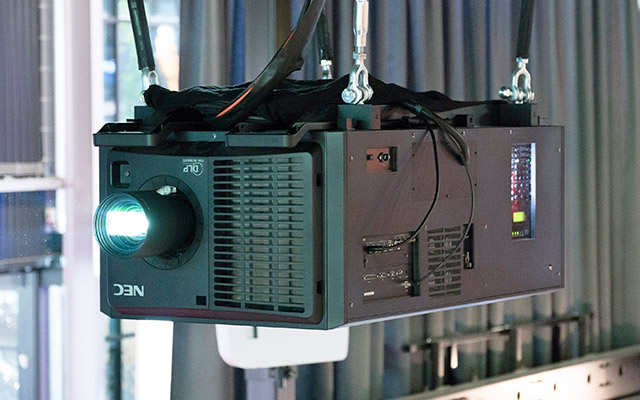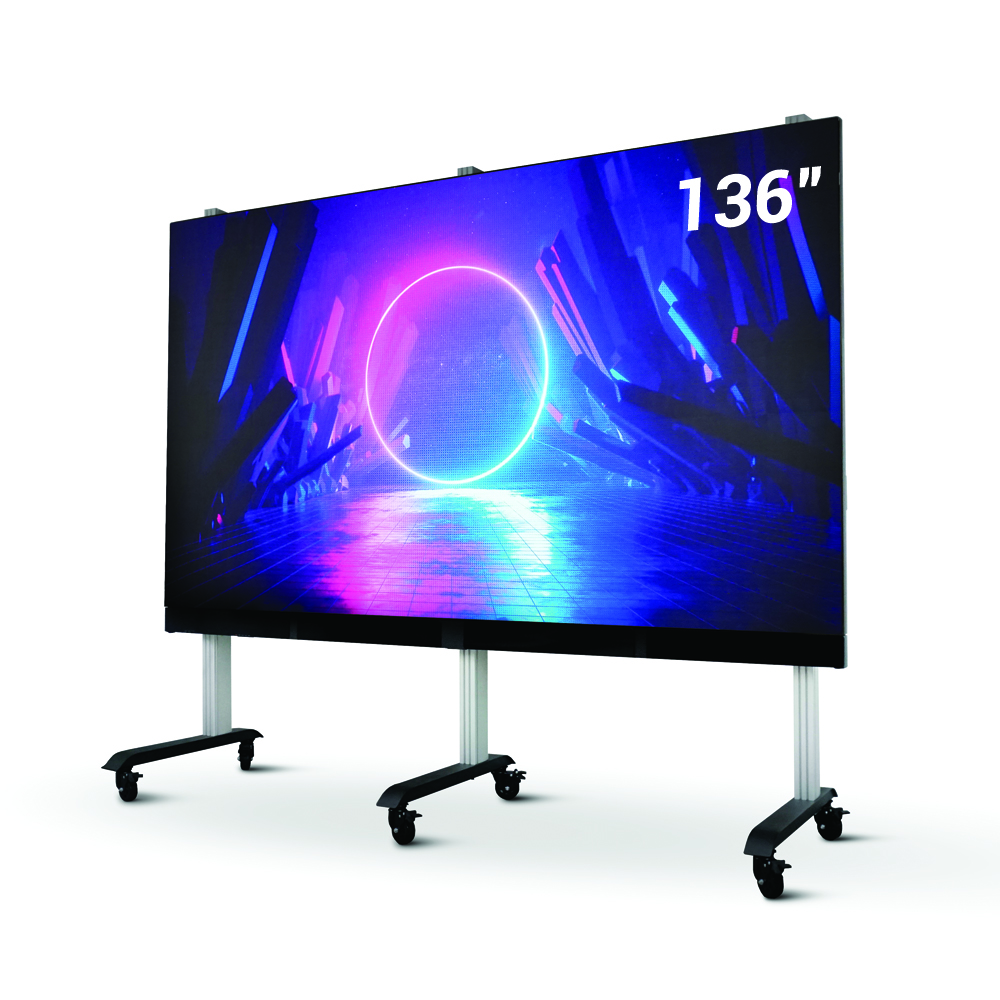
One of the sectors most affected by the crisis following the pandemic caused by the Coronavirus is undoubtedly the one related to musical and theatrical events, and in general to all live performances. With cinemas, arenas, theatres closed and concerts impossible to organise, an entire sector that provided a living for tens of thousands of workers has come to a halt: but not the desire to have fun and excitement. In order to cope with these limitations, it was necessary to reorganise public spaces to guarantee access in an orderly manner to those few structures that were able to continue to perform events during these difficult months. And if, in most cases, access to these public spaces was not allowed to spectators, this does not mean that all performances were suspended, or postponed to a date to be determined.
Just to give two examples, just think of the recent premiere of La Scala in Milan on 7 December, a star-studded show (as 'Il Giorno' defined it), behind closed doors but on live TV, without an audience but with a maxi-screen at the centre of the stage, a solution also used - albeit for different purposes - for the Miss Italy 2020 final, broadcast in live streaming on 14 December from the Spazio Rossellini Multidisciplinary Cultural Centre in Rome, with the patronage of the Lazio Region.
Events like these are not easy to manage, especially now that they have undergone a transformation. An entire organisational machine is in motion, comprising specialised personnel and technical resources equal to the event and the size of the event itself. It is necessary to disentangle oneself in the choice of the appropriate infrastructures to be placed in even very large spaces, whether they are indoor or outdoor. Not to mention the importance of the choice of projection media, which in these cases contribute to the realisation of the scenography or are used as an advertising vehicle for sponsors. And it is precisely these that we want to talk about.
Projectors or Ledwall?
The technologies for closed-door events are united by the use of projection systems or displays of various types, which are indispensable for conferring prestige and emphasising importance. It is increasingly common to find them installed on stages, to the point that the infinite number of ways in which they can be used makes them practically indispensable and this is the reason why they have spread rapidly.

Once upon a time, to project large images at outdoor or indoor events, the only solution was to use video projectors. The limitation of using them outdoors, however, was their brightness. Technology has made great strides, however, and today professional 3-chip DLP laser projectors for large venues and events cover a wide spectrum of brightness levels, from 8,000 up to over 50,000 ANSI lumens, and are also designed to be itinerant, i.e. for so-called touringas well as for fixed installations.
An example of an RB laser projector characterised by very high brightness is the Nec PH3501QL video projector - Ligra DS which can project, depending on the lens used, onto a screen with a diagonal between 100" and 1000" (25.4 m).
The essential requirements of a video projector for multifunctional event halls and sporting activities or for theatres, museums and amusement parks are a laser light source (for reasons of reliability and durability), an interchangeable lens (for every projection requirement) and, above all, a high luminosity. Paradoxically, the biggest problem could be the projection screen, although today, thanks to excellent construction quality and intelligent technical solutions, motorised models with a base of up to 6.5 m can be realised (e.g. Helgi Video Ele Sch. HELGI mot.tensio. VECT-SG-10-650-BS35-BL5 - Ligra DS , 16:10 projection ratio), beyond which we move into the category of framed screens, which can be up to 32 m in the case of cinema screens.
An increasingly popular alternative is Ledwalls and Videowalls for entertainment, modular displays that allow horizontal and vertical screens of any size. These displays are used to create stage sets, play emotional videos and digital presentations of all kinds.
Although Ledwalls for show business were introduced in the 1980s, they have only recently become very popular due to the lowering of costs, which vary greatly depending on the pitch (from less than 3,000 Euro per square metre to more than 10,000). Variants with transparent modules have also appeared in recent years.
There is often confusion between Videowalls and Ledwalls. What is the difference?
The Videowall is a large screen consisting of a variable number of individual monitors of various types (backlit LCDs today, plasma monitors or CRTs in the past), the combination of which allows the desired screen size to be achieved. Each monitor projects a portion of the image, which is formed in full by all the monitors used. The main limitation of Videowalls has always been the unsightly frames that enclosed each individual element, generating a discontinuity in the overall image. We use the past because current technology has allowed the use of monitors with bezels only a few millimetres thick, from a minimum of about 0.88 mm (e.g. NEC UN552VS) to a maximum of about 3.5 mm, hardly visible even when standing relatively close.

Ledwalls, on the other hand, exclusively use individual LED panels, called modules, which can be combined and used not only to reproduce a single large image, but also to display individual images and videos from any source from a PC. The strengths of Ledwalls are several: very high brightness (which makes them also suitable for outdoor events), great visibility even at great distances, and reliability.
The choice between Videowall, Ledwall or Projector is obviously left to those in charge of the technical organisation of the event. It is precisely this freedom of choice that sometimes raises some doubts, considering the performance characteristics of both devices. Bear in mind, however, that setting up a Ledwall is more expensive than a video projector, as it requires a dedicated technician who has to assemble it module by module, plug by plug, and requires time and expertise.
There are also non-modular solutions, large size monitors (up to 98" for non-custom products) that are immediately ready to use, as there is no need to assemble the various panels. They are called LFDs, an acronym for Large Format Displays (as the Unilumin UTVIII-1.5S UTVIII 1.5S- 136″ Large Led Display All-In-One - Ligra DS), however their diagonal is in most cases too small to be used in shows.
